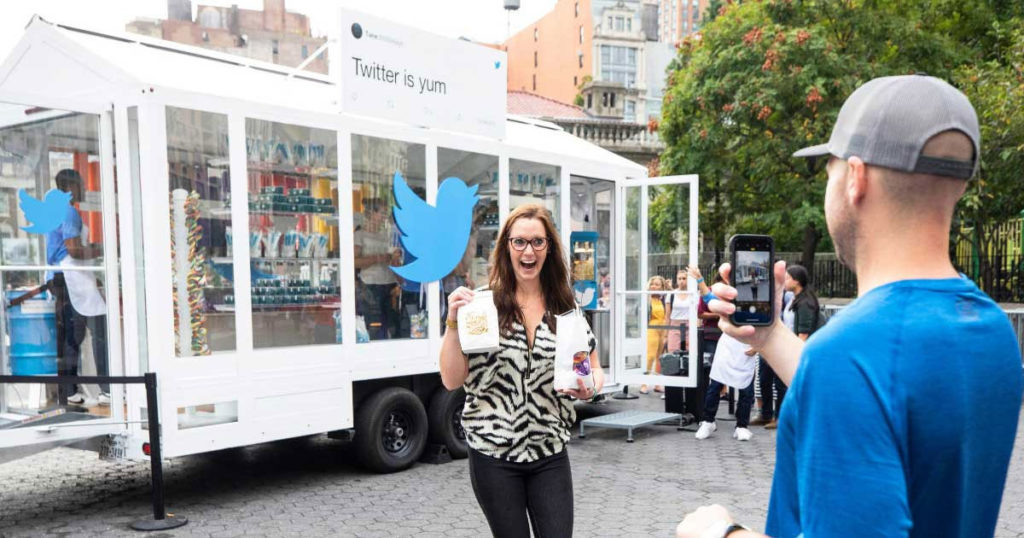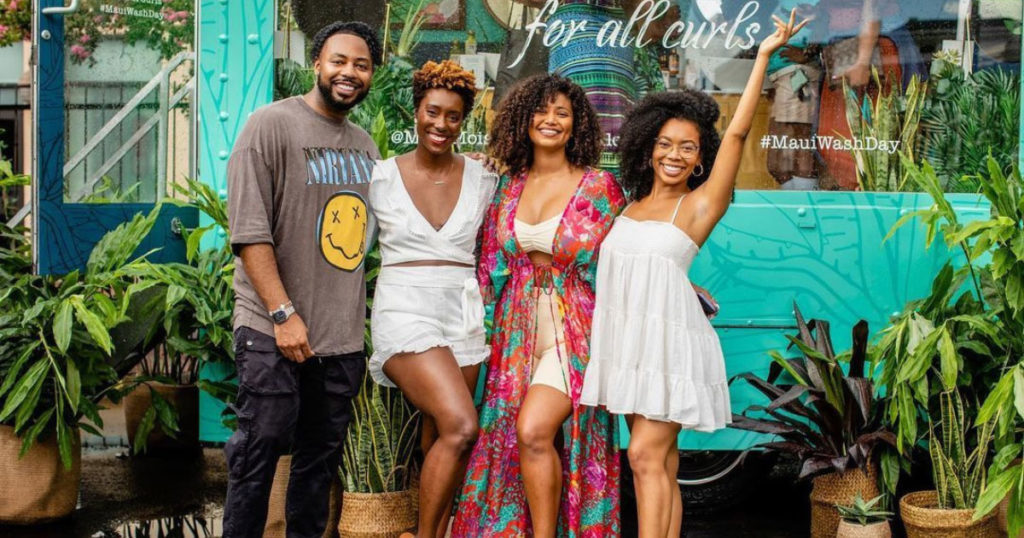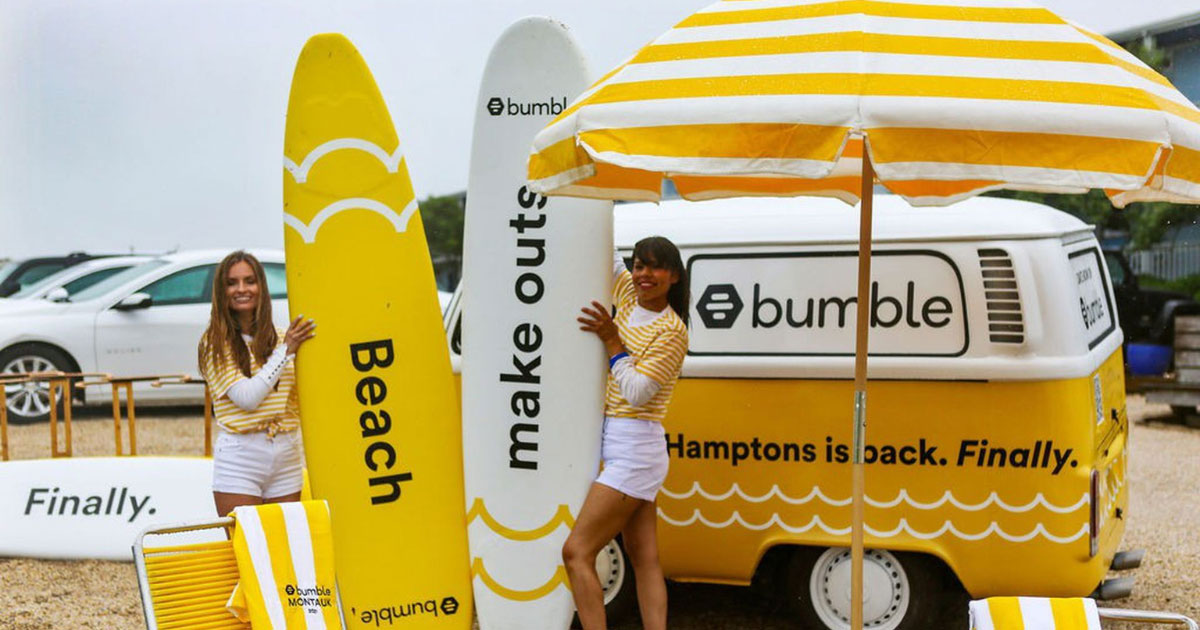In recent years, influencers have taken over social media channels. Brands have discovered that the best way to get their products out there is by letting influencers test them on their platforms. Some companies bring out the big guns (celebrities, models, athletes) to promote their brands. But what marketers have learned is that content creators are just as effective in the role of influencing the general public, if not more.
The number of people going to social media to find products has risen by 43% over the past eight years. That’s crazy! Platforms such as TikTok and Instagram have taken the place of Google for the younger generations.
We’ve hit a unique era in the social media/influencer movement called “de-influencing.” The concept of de-influencing is almost completely confined to social media marketing efforts. However, it has blown up overnight.

What is it?
Think of de-influencing like this, influencers on social media are creating content telling their audience what not to buy. The trend started primarily focusing on the beauty industry but has transitioned to various interests. Gamers create videos on which equipment is worth the money. Brides are giving insight into what they wish they’d skipped out on when planning their wedding. Even industry professionals, like dermatologists, are breaking the silence about the real impact of different products on consumers.
The new strategy influencers are using is working. Consumers LOVE the de-influencing trend. On TikTok alone, the hashtag #deinfluencing has been used over 587 million times. Can you believe it?!

Why the trend?
As influencer marketing becomes more popular, it also becomes less trustworthy. As viewers, we see content creators do these massive PR “hauls” where they ‘ooh’ and ‘aah’ over every single item they unbox. After watching several creators do this with various brands, viewers start questioning the products’ validity. Think about this in the mind of a consumer: surely, in a room full of products, there’s got to be at least one that doesn’t live up to the hype.
This has led influencers to take a step back and think about how they can better connect and build trust with their audiences. The result? Giving honest reviews about their experiences with products.

Effects of de-influencing:
Influencers have led consumers to an unhealthy habit of overconsumption. Not only is this bad for your bank account, but it’s also not a sustainable option. De-influencing gives consumers a complete picture of products. It gives viewers more insight into whether the product will work well for them.
Think about a popular face wash that’s been promoted across social media. You purchase the face wash solely because a TikToker you follow has it, but it makes your face break out. There’s nothing wrong with the product, it just doesn’t react well with your skin type. That’s okay! It doesn’t mean the product is bad or that your favorite influencer was lying. It just means that if there were a more in-depth review of the product (instead of an exciting unboxing), you’d know before spending money on a product that will sit on your shelf collecting dust.
De-influencing capitalizes on one of the most important concepts of great marketing, authenticity. Not only are truthful reviews building trust between influencers and their audience, but they’re also building trust between consumers and the brand. If you find a product from a brand that you really like, you’re more likely to purchase other products from that same brand.
This creates a win-win-win situation. A win for the brand because they’re increasing their brand loyalty and sales. A win for the influencer because they’re increasing their following and building on their relationship with the brand. And a win for you because you have products you love and a source you trust to give you insight into more products you might want in the future.
Brands are hopping on the de-influencing train! While there is the risk of receiving a negative review, brands are embracing the risk because the reward is so great. When influencers post content of products that work, they sell out in the blink of an eye.
Proof? It’s still impossible to get your hands on Drunk Elephant Bronzing Drops that went viral in November 2022. The best thing about influencer marketing is that it helps influencers build trust with their followers. The world of influencing isn’t going away. It’s just shifting focus… and it works!

